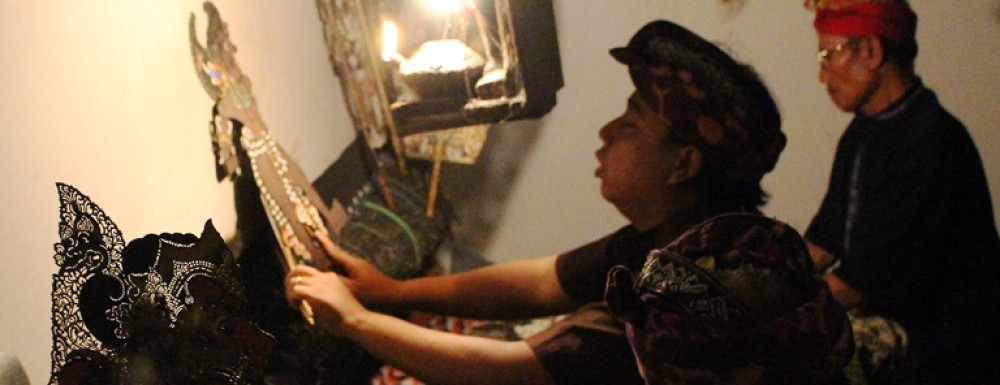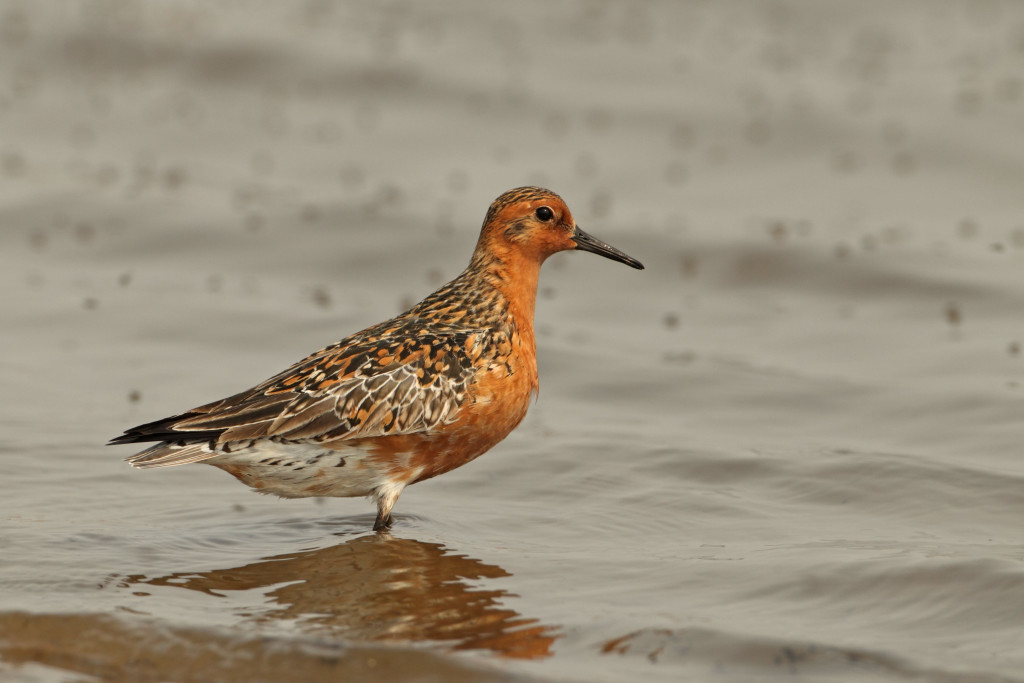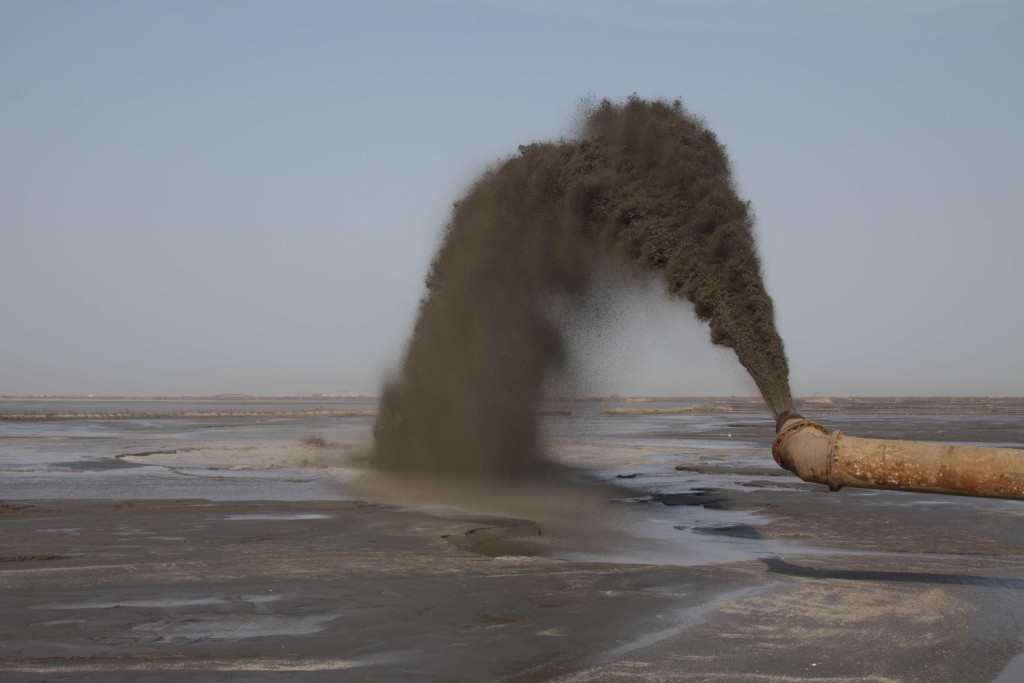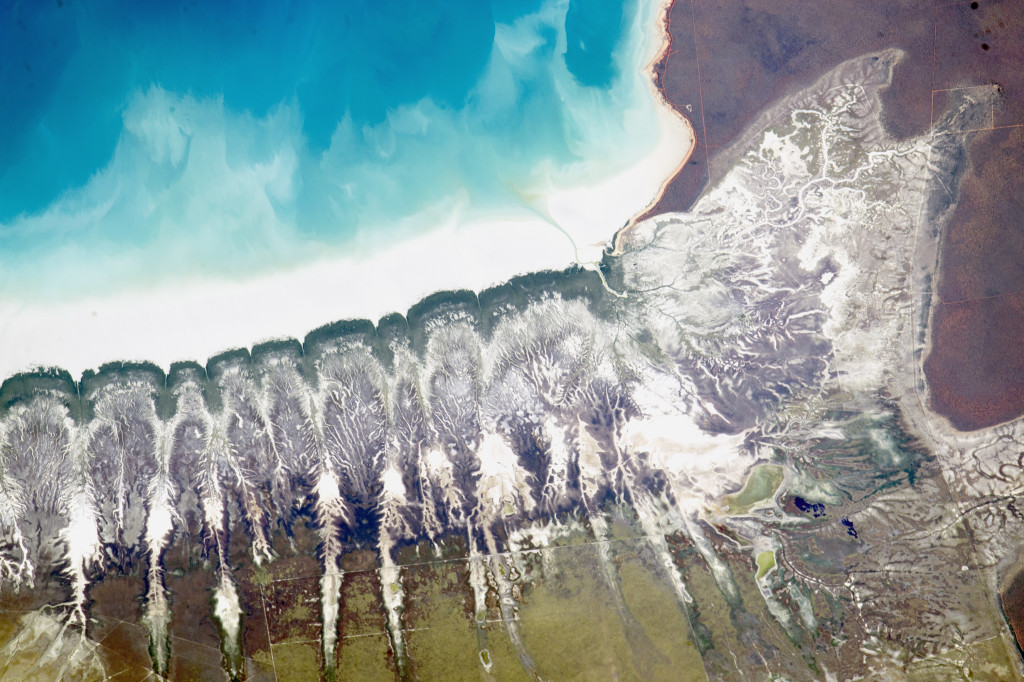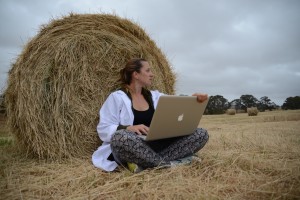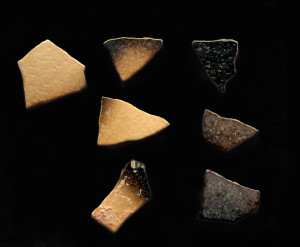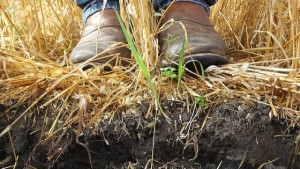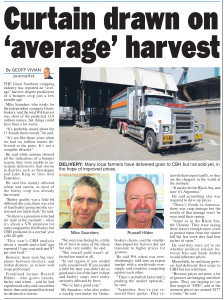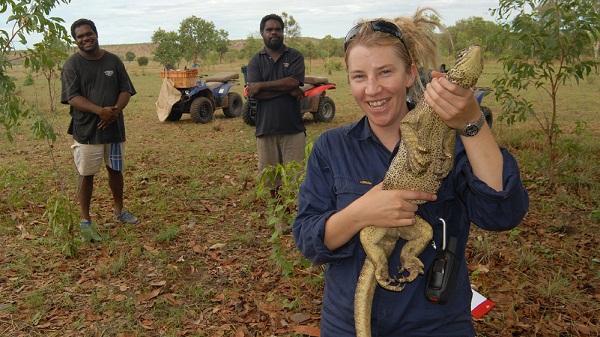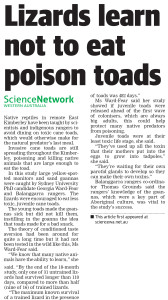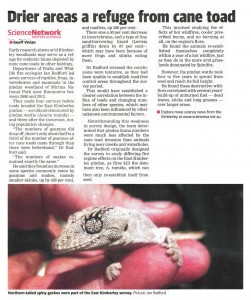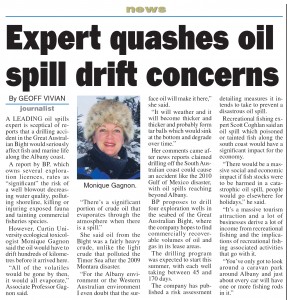Shorebird ecologists say they have proven conclusively that Chinese and Korean developments on the Yellow Sea coast are decimating migrating shorebirds.
Careful banding and observation by scientists and the bird watching fraternity shows almost all of the birds that leave Broome’s Roebuck Bay reach the Yellow Sea, their second major feeding ground.
However it seems they don’t all find enough food there to complete their journey back to North West Australia via Siberia.
Science Network WA [read this story]
